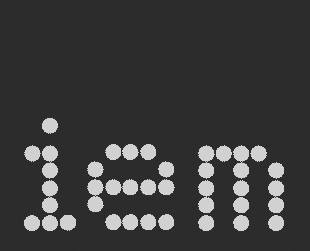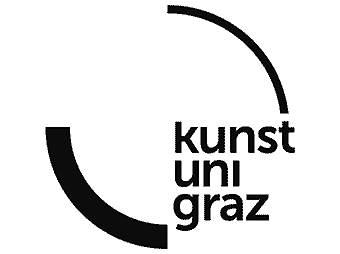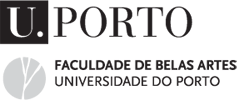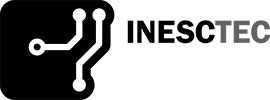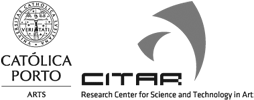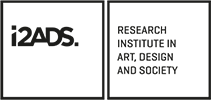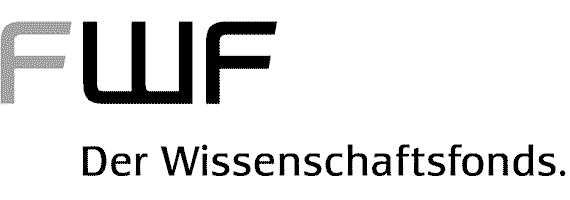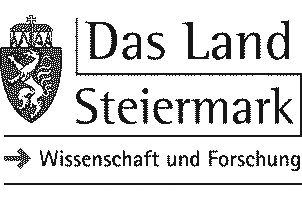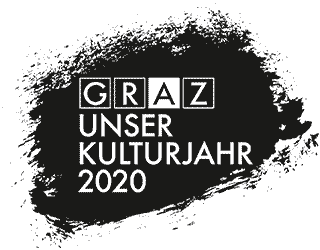Stream: synergy meeting vol. 2
Keywords: Interactivity, Contemporary Dance, Sensors, Wearable Electronics, Improvisation.
Stream is an initiative by Die Wolke art group meant to explore the applications of interactive technology within the realm of the performing arts, in an improvisational context. The vol.2 meetings, in November 2019, focused on the use of inertial and mechanical sensor interfaces and interactive performances by dancers Drosia Triantaki and Enora Gemin. The creative process took place over two 10-day sessions, where the performers familiarised themselves with the interfaces and the sonification of the motion data, while developing a kinetic vocabulary. The musicians Tim Abramczik, Nikos Tsavdaroglou and Dimitris Dalezis each prepared a 15 minute piece for presentation.
The interfaces for the performers are based on orthopedic braces that fasten to the upper arm and forearm, thus limiting rotational forearm movement, but allowing a measurement of the elbow angle. This is achieved via a potentiometer on the joint, whose shaft is connected to the moving part of the brace via a heavy wire. A 9-degrees-of-freedom inertial sensor is installed on the end of the forearm, just above the hand. It is connected digitally to an Arduino Nano board on the upper arm part, along with the potentiometer. The data is read and transmitted in realtime to receiver Arduino boards via RF transceivers. The receivers collect the data frames, pack them into a simple OSC protocol network message, and transmit them over a wired local network, where multiple machines can listen simultaneously. A requirement was that the system be practical, robust, and performance-ready in the real-world. Computers running Supercollider receive 3D acceleration (linear and gravity components), rotational velocity, Euler angles, and elbow angle. Custom classes covert the data to vectors and implement history buffers for statistical information, noise reduction, filtering, derivation, and more. The data is forwarded to musicians via OSC or MIDI, thus enabling an interactive working environment.
The specificity of the parameter mapping was crucial: highly tuned, sensitive mappings produced more obviously interactive but less reusable results, whereas gentler, generalised mappings offered more possible applications but weaker perception of the relationship between movement and sound. Tim worked by loading abstracts of recordings of talks with Drosia to the Phonogene module of his modular synth, and modulating them, as well as other sounds, by bringing the motion data to the analogue domain as CV. Dimitris and Nikos followed different approaches, such as using motion data as input for algorithmic composition, or converting to MIDI and setting up complicated many-to-many modulations. From an artistic point of view, it was crucial for the resulting pieces not to sacrifice choreographic or musical quality in favour of simply being interactive.
Stream’s uniqueness, in that it is not a strictly technical project but not purely artistic either, can be thought of as its greatest strength; that is, its ability to organise its practice and research methodology in order to expand the practical possibilities of interdisciplinary improvisation.

Media Assets
- Written documentation: danijoss.com/shared/files/stream2-xCoAx.pdf
Acknowledgements
Ioanna Symeonidou, Ioannis Persoratis, NRW Kultursekretariat.
References
- Baalman, Marije. 2007. “SenseWorld”. Supercollider quark code. Open source. Latest commit on November 30, 2014. https://github.com/supercollider-quarks/SenseWorld.
- Borgo, David. 2007. Sync or Swarm: Improvising Music in a Complex Age. New York, NY: Continuum International Publishing.
- Emmerson, Simon. 2007. Living Electronic Music. Hampshire: Ashgate Publishing.
- Jordà, Sergi. 2007. “Interactivity and Live Computer Music”. In The Cambridge Companion to Electronic Music, edited by Nick Collins and Julio d’Escriván, 89-106. Cambridge: Cambridge University Press.
- Magnusson, Thor. 2019. Sonic Writing: Technologies of Material, Symbolic, & Signal Inscriptions. New York, NY: Bloomsbury Publishing.
- Rowe, Robert. 2001. Machine Musicianship. Cambridge, MA: MIT Press.
Join the conversation
xCoAx 2020: Dani Iosafat a.k.a. Dani Joss “Stream: synergy meeting vol. 2”. An improvised interactive live performance that merges wearable electronics with contemporary dance continuing an initiative by Die Wolke art group. https://t.co/tySEdp1mNu #xCoAx2020 pic.twitter.com/OY4rUd6sIj
— xcoax.org (@xcoaxorg) July 8, 2020


